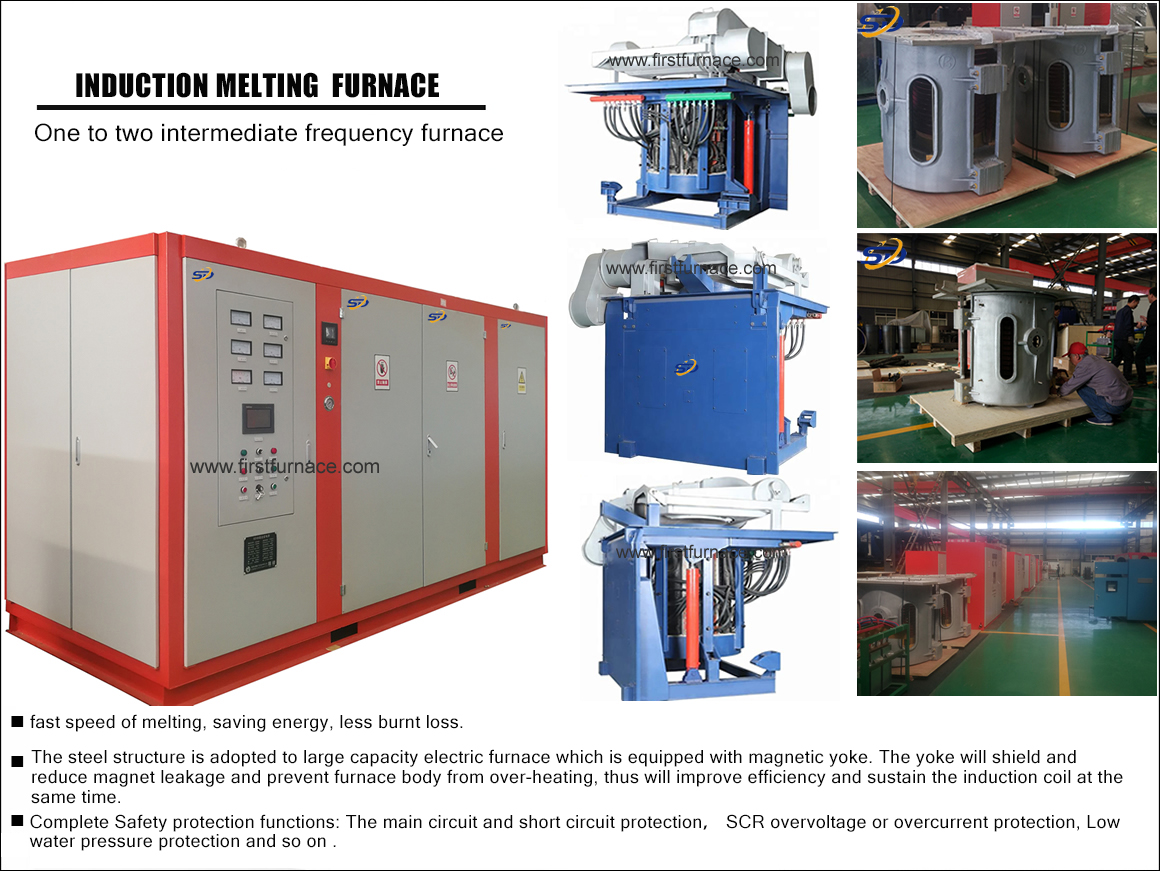Sales hot line ( 24 hours service): 18037961302
E-Mail: firstfurnace@gmail.com
whatsapp:+8618037961302
Adress: Luoxin Industrial Park, Luoyang, HenanLarge diameter steel pipe quen
Piston rod quenching and tempe
Grinding rod quenching and tem
High frequency induction heate
Quenching equipment for machin
Round steel end heating furnac
Steel pipe heat treatment prod
Square steel quenching and tem
Sucker rod quenching and tempe
Thickened petroleum steel pipe
Round steel quenching and temp
Steel pipe quenching and tempe
Steel plate quenching and temp
Induction Hardening Machine&nb
Flywheel ring gear high freque
Induction melting furnace often burns thyristor maintenance method
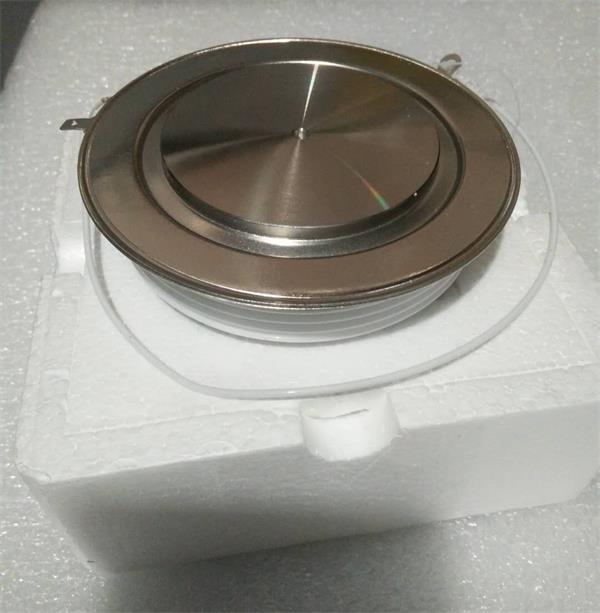
Fault phenomenon
The intermediate frequency power supply often burns the inverter thyristor during use. After replacing the new thyristor, the power is turned on normally, but after a period of operation, the thyristor is burned.
Fault analysis and processing
After replacing the new thyristor with the IF power supply, do not turn it on immediately. Perform system check on the IF power supply to eliminate the fault. After confirming that the intermediate frequency power supply is not faulty, restart the intermediate frequency power supply. Otherwise, the phenomenon that the power is turned on normally and the thyristor is burned for a period of time will occur. The main reason why the intermediate frequency power supply often burns the inverter thyristor during use is as follows.
(1) The thermal characteristics of the electrical components of the control part are not good, such as poor insulation of the pulse transformer and poor contact of the thyristor control terminal.
(2) The heat sink is reused, or the heat sink is mounted with a small mesa transistor (the mounting surface presents a mesa structure relative to the planar thyristor), causing the center of the radiator table to be recessed, resulting in poor contact between the radiator table and the thyristor table. The temperature of the thyristor rises due to poor heat dissipation, and its turn-off time increases with the increase of temperature, eventually leading to the thyristor not being turned off, causing the inverter to subvert and burning the thyristor.
When reusing the water-cooled radiator of the thyristor, special attention should be paid to checking whether the table surface is smooth and flat, and there is scale and blockage in the water chamber. Pay particular attention to whether the table surface is sunken. If any of the above conditions occur, it should be replaced.
The surface of the heat sink must match the size of the thyristor mesa to prevent pressure, pressure, and damage to the thyristor. The radiator table must have a high degree of flatness and smoothness. The roughness of the radiator table should be less than or equal to 1.6mm, and the flatness should be less than or equal to 30mm. The thyristor table and the radiator table should be kept clean, clean, free of oil and other dirt during installation.
Keep the thyristor table parallel to the countertop of the heat sink during installation. During the installation process, pressure is applied through the centerline of the component to distribute the pressure evenly throughout the contact area. Torque wrench should be used when installing by hand. All the tightening nuts are alternately and evenly applied, and the pressure must reach the specified requirements. The correct installation pressure of the thyristor is 150~200kgf/cm2.
When pressing a new thyristor, it is necessary to pay attention to the pressure equalization. Otherwise, the chip inside the thyristor will be mechanically damaged, resulting in a significant drop in the withstand voltage of the thyristor, and the phenomenon of burning the thyristor when a power is turned on. If the pressure is not reached, the heat is not good and the transistor is burnt.
(3) The thyristor radiator (commonly known as water jacket) has serious internal corrosion or too thick scale. The poor thermal conductivity causes the thyristor temperature to rise. The thyristor turn-off time increases with the increase of temperature, eventually leading to the thyristor not being closed, resulting in inverter. Subvert and burn the thyristor. The method of treating scale inside the thyristor radiator is to flush with hydrochloric acid, but the number of times of hydrochloric acid rinsing will corrode the inside of the water jacket, and the water will not circulate directly inside the water jacket and directly flow out from the water outlet, resulting in a good illusion of water passing and repeated burning. Thyristor, you should replace the new water jacket at this time.
The method for judging whether the thyristor damage is caused by the water-cooled jacket is: let the intermediate frequency power supply run for about 10 minutes under the overcurrent value. After the shutdown, quickly touch the core of the thyristor by hand. If you feel hot, you can judge the water-cooled sleeve. The wall is fouled.
(4) When there is poor contact or disconnection of the connecting line of the tank circuit, the fire will rise after a certain value rises, which affects the normal operation of the intermediate frequency power supply, resulting in the protection of the intermediate frequency power supply. Sometimes a transient overvoltage will occur at both ends of the thyristor due to fire. If the overvoltage protection action is not timely, the thyristor will be burnt out and the intermediate frequency power supply overvoltage and overcurrent protection will be caused to operate at the same time.
(5) The working temperature of the thyristor is too high, and the anti-interference ability of the gate will decrease, thereby erroneously triggering the thyristor, causing the bridge arm to pass through and burn the thyristor. The oscilloscope can be used to measure whether there is an interference signal. If so, take the following measures: Increase the capacitance of the parallel capacitor between the thyristor control electrode and the cathode, which can generally increase by 0.47-1uF.
(6) When the IF thyristor is turned off in reverse, it is damaged due to excessive transient glitch voltage, so check the RC absorption circuit. In the main circuit of the intermediate frequency power supply, the instantaneous reverse glitch voltage is absorbed by the RC absorption circuit. If the resistor or capacitor is open in the snubber circuit and the capacitor is dry, the instantaneous reverse glitch voltage will be too high to burn out the thyristor. In the case of power failure, the resistance value and the capacitance are measured with a multimeter to determine whether the resistance-capacitance absorption circuit is faulty, and the connection of the resistance-capacitance absorption circuit is also high. After running the intermediate frequency power supply (turn off the internal air switch inside the power supply), touch the hand (possibly hot) the non-inductive resistance of the inverter resistance absorption (normal temperature is basically the same), if found The non-inductive resistor temperature is much higher than the other non-inductive resistors, indicating that the capacitor in series with the non-inductive resistor is leaking.
If the resistance temperature is low, the capacity of the capacitor in series with the resistor is reduced or open; if the resistor is blown, the capacitor connected in series with it has broken down. If there is a spare part available replacement method to determine whether the resistance-capacitance absorption circuit is faulty.
(7) Pulse trigger loop failure. When the intermediate frequency power supply is running, if the trigger pulse is suddenly lost, the inverter will open, and the output of the intermediate frequency power supply will generate high voltage and burn out the thyristor. The connection line of the current transformer is loose, so that the synthesized signal of the inverter pulse forming circuit has a phase change. If there is an early triggering phenomenon, the reverse conversion flow will fail and the thyristor will be burned. Check whether the internal windings of the current transformer and the intermediate frequency voltage transformer are open circuited, whether the wire diameter is thinner due to corrosion of environmentally bad gas, and the overcurrent limiting and overvoltage limiting voltage protection are invalid. Once the current and voltage appear, A sudden change in the thyristor current rating and withstand voltage will burn the transistor. This type of fault is usually found in the inverter pulse forming circuit and output circuit, and can be checked by an oscilloscope. It is also possible that the inverter pulse lead contact is poor, and the inverter pulse lead connector should be checked.
(8) The fast fuse is not suitable for use or has poor quality and cannot protect.
(9) The intermediate frequency power supply is open-circuited during operation. When the IF power supply is running at high power, if the load is suddenly in an open state, a high voltage burnout thyristor will be formed at the output. For example, the main circuit connector is in poor contact, such as the water-cooled cable is broken, causing the load circuit to be suddenly disconnected under large current conditions, so that the smoothing reactor generates a high self-inductance potential, which causes the inverter and the rectifier thyristor to break down.
(10) The intermediate frequency power supply is short-circuited during operation. When the intermediate frequency power supply is running at high power, if the load is suddenly in a short circuit state, it will have a large short-circuit current impact on the thyristor. If the overcurrent protection is too late to operate, the thyristor will be burned out.
(11) Reactor failure. The internal ignition of the reactor causes the current on the inverter side to be interrupted, and a high voltage burnout thyristor is also generated on the inverter input side. In addition, if the reactor is replaced during maintenance, and the inductance and core area of the reactor are less than the required value, the reactor will burn out the thyristor due to saturation loss of current limit during high current operation.
(12) Protection circuit failure (protection failure). Whether the thyristor can work safely is mainly guaranteed by the protection circuit. If the protection circuit fails, the thyristor will be in danger when the intermediate frequency power supply fails. Therefore, when the thyristor burns out, inspection of the protection circuit is indispensable.
(13) The quality of the thyristor is poor, it is broken at the moment when the intermediate frequency power supply is started, or the thyristor is broken down when the load is increased. It should be checked whether the electrical parameters of the thyristor meet the requirements.

Iron induction furnace
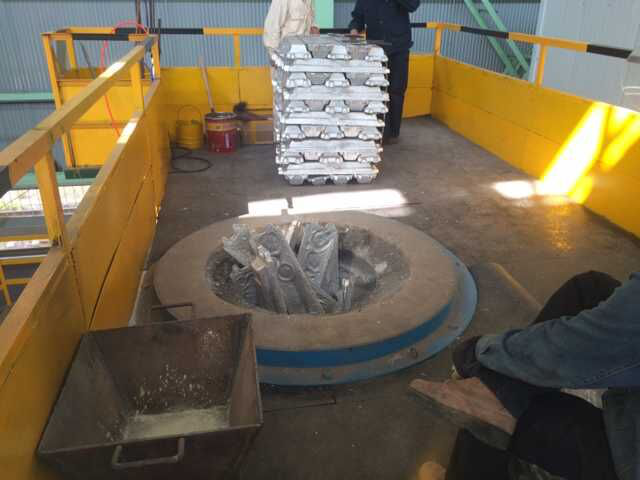
Aluminum melting furnace

Copper melting furnace
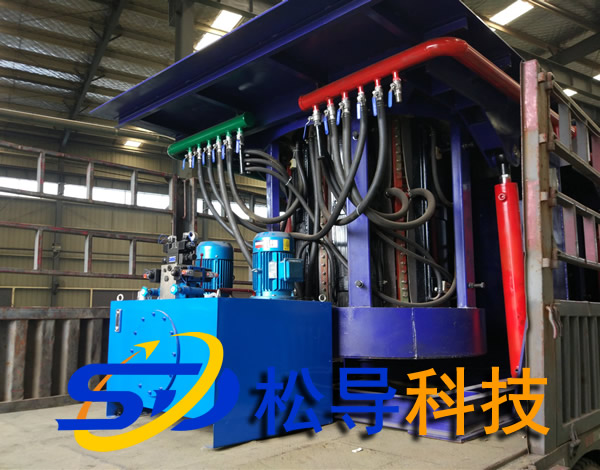
Small steel melting furnace
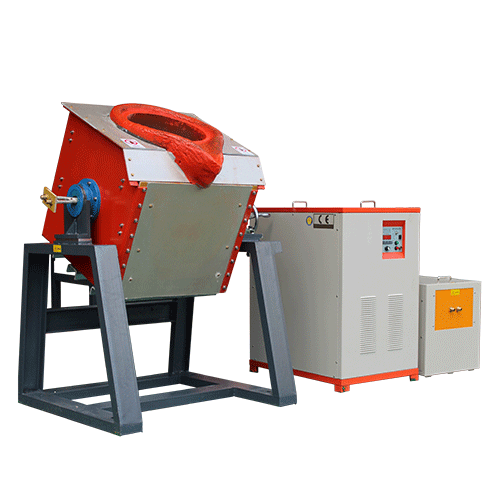
Small induction melting furnace
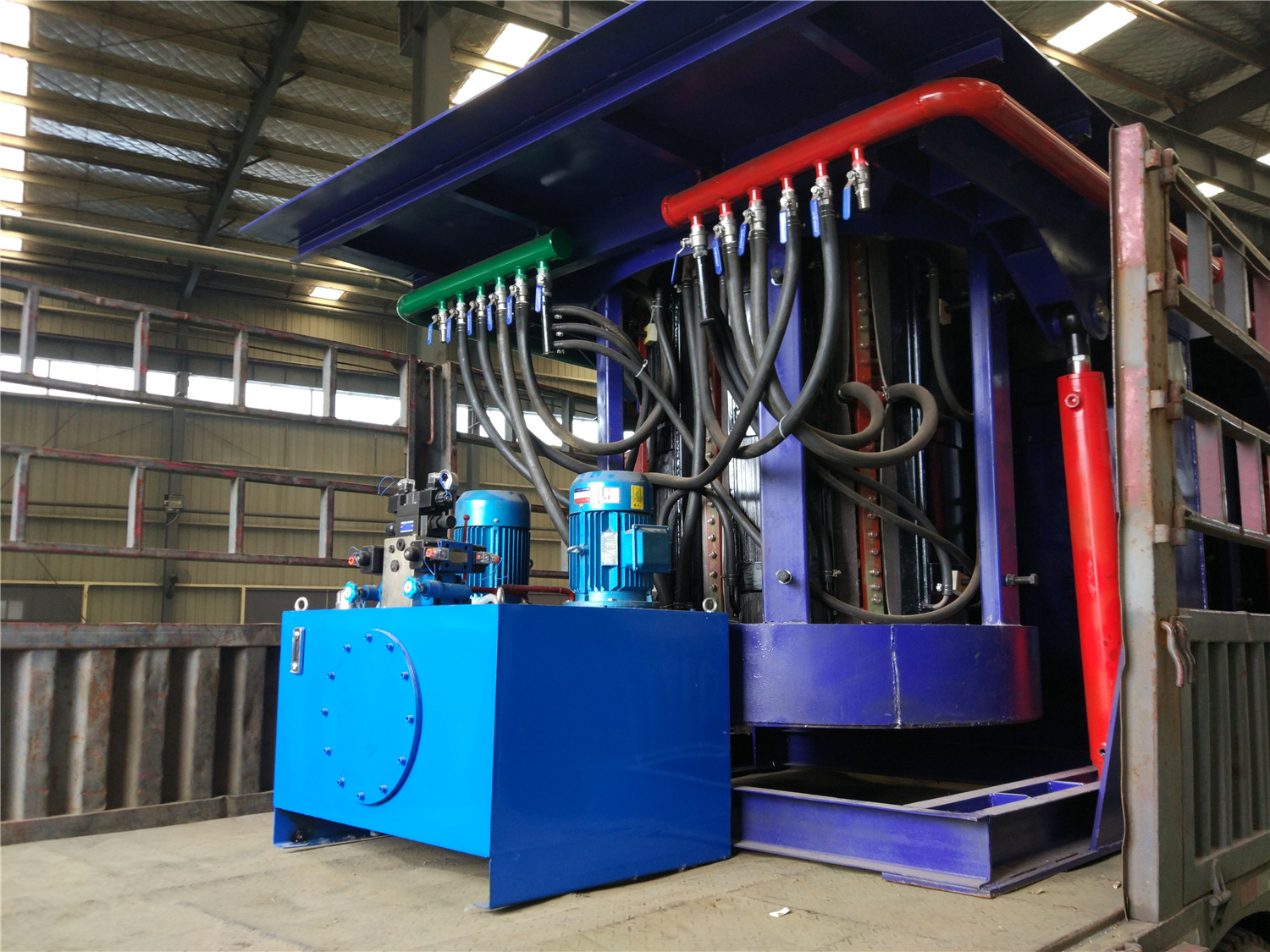
Induction iron furnace
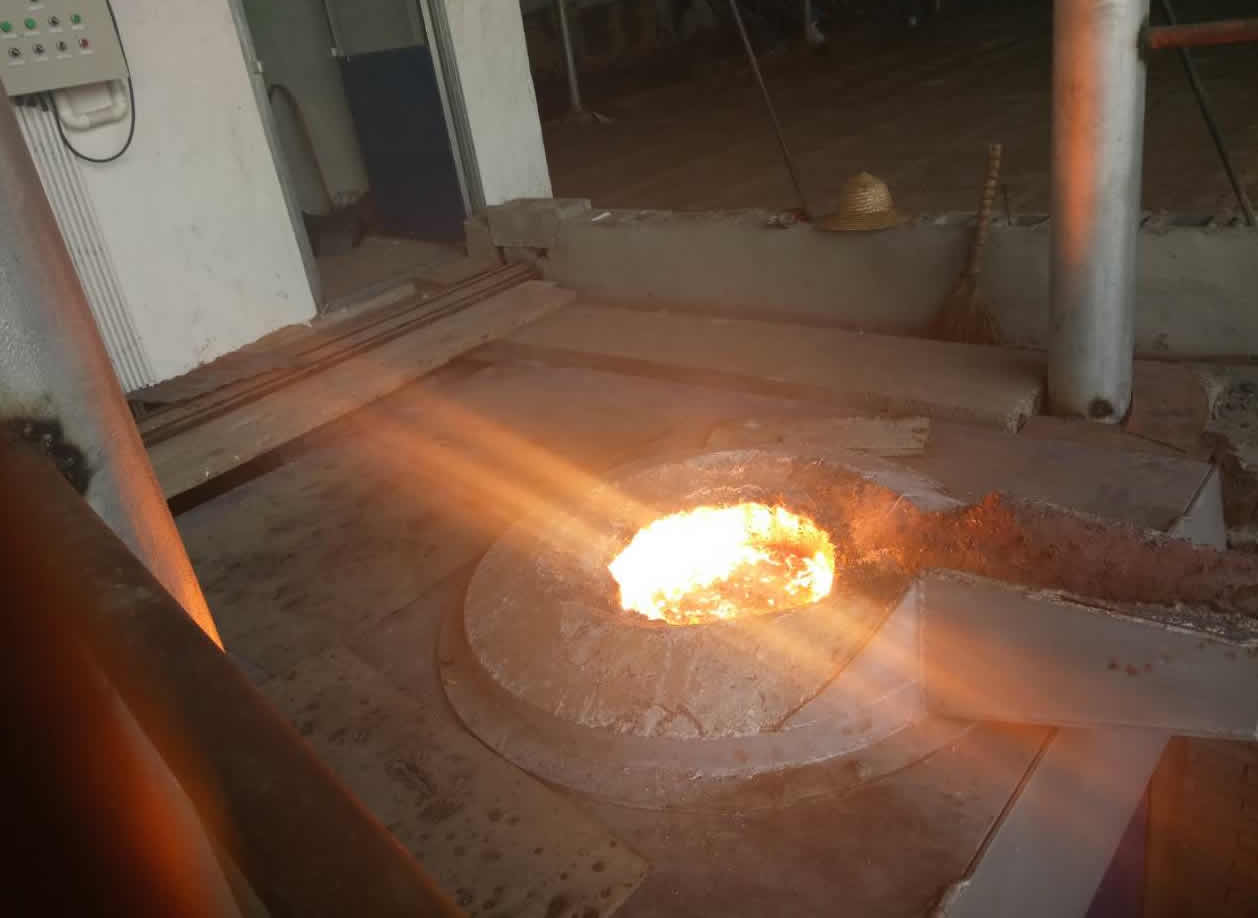
3T intermediate frequency iron melting f
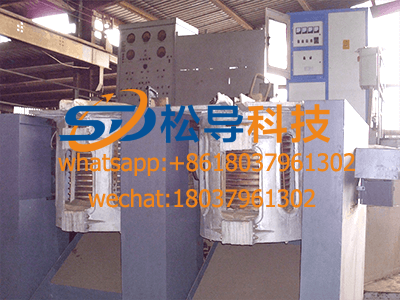
0.25T Intermediate Frequency Furnace
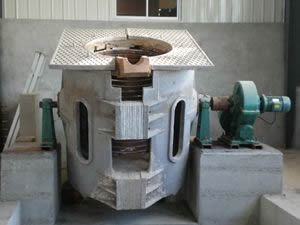
0.5T Intermediate Frequency Furnace
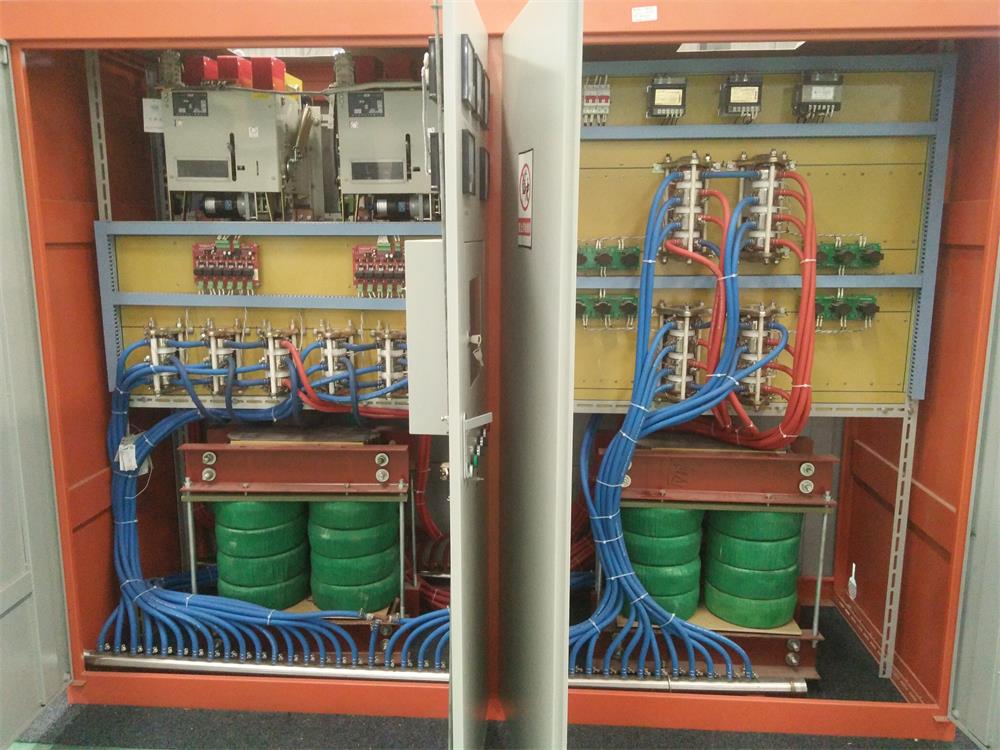
Medium Frequency Furnace

2T Induction Melting Furnace
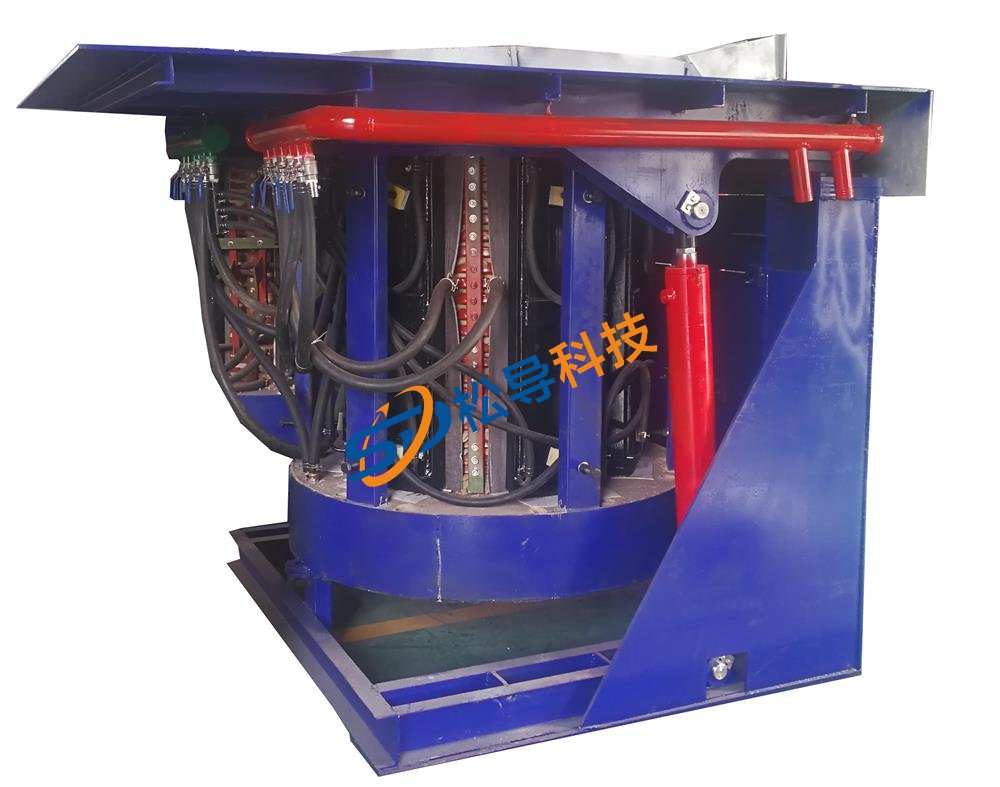
1T Induction Melting Furnace
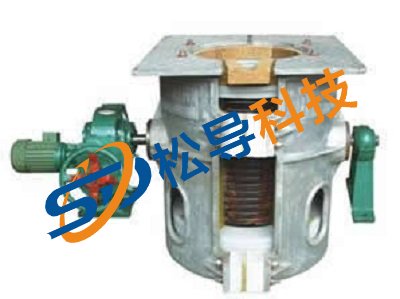
500kg Induction Melting Furnace
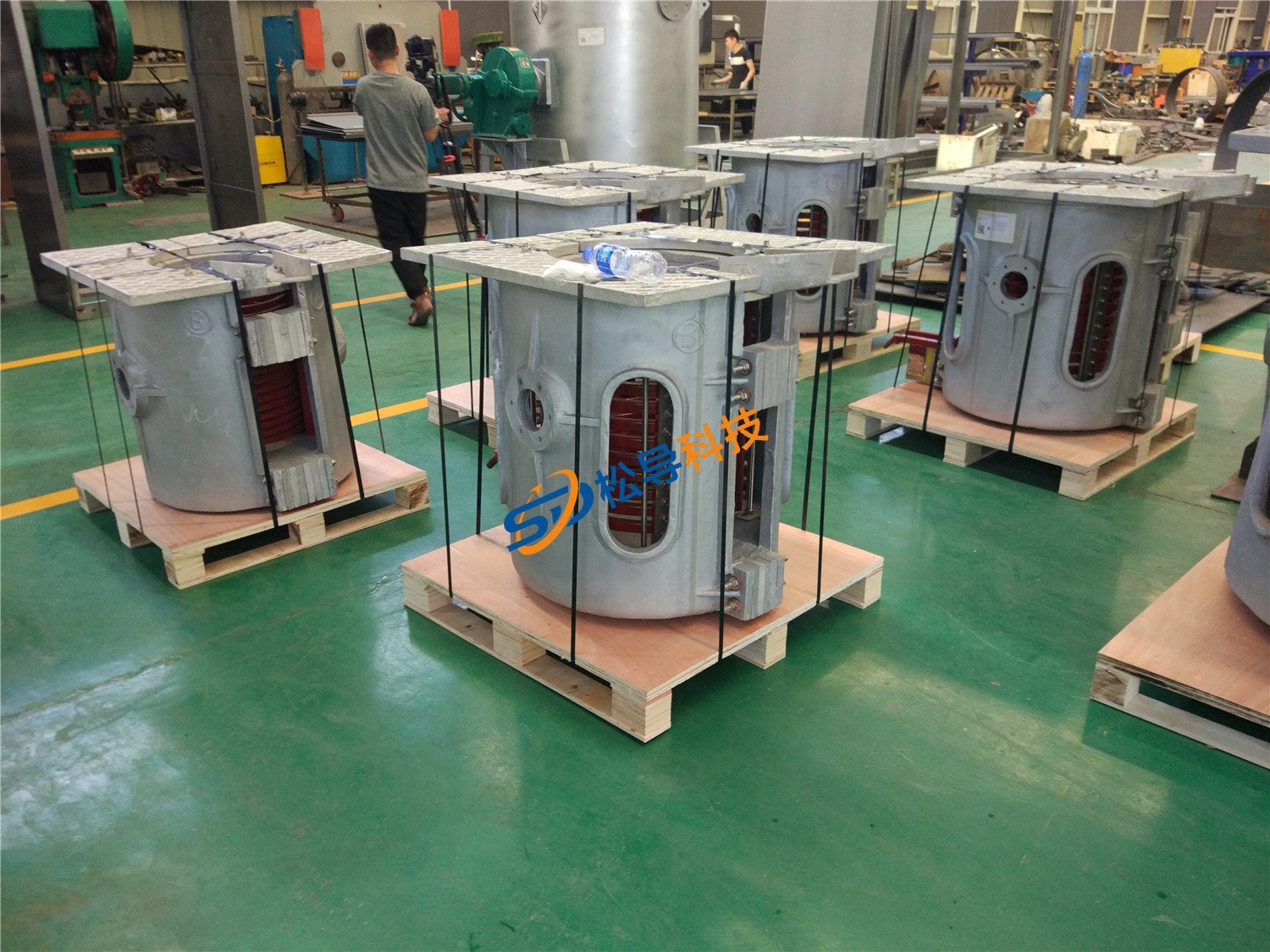
250kg Induction Melting Furnace
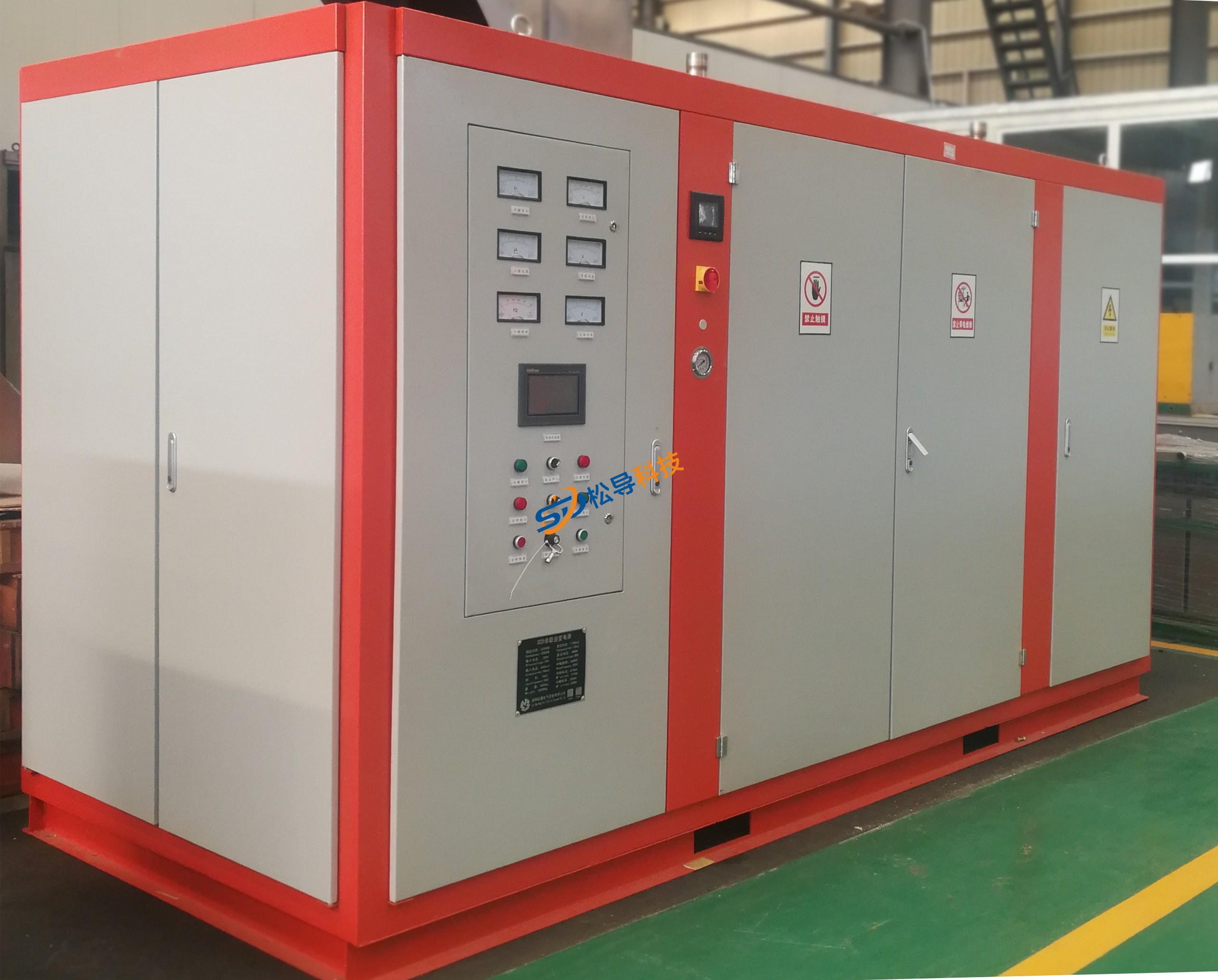
Induction Melting Furnace
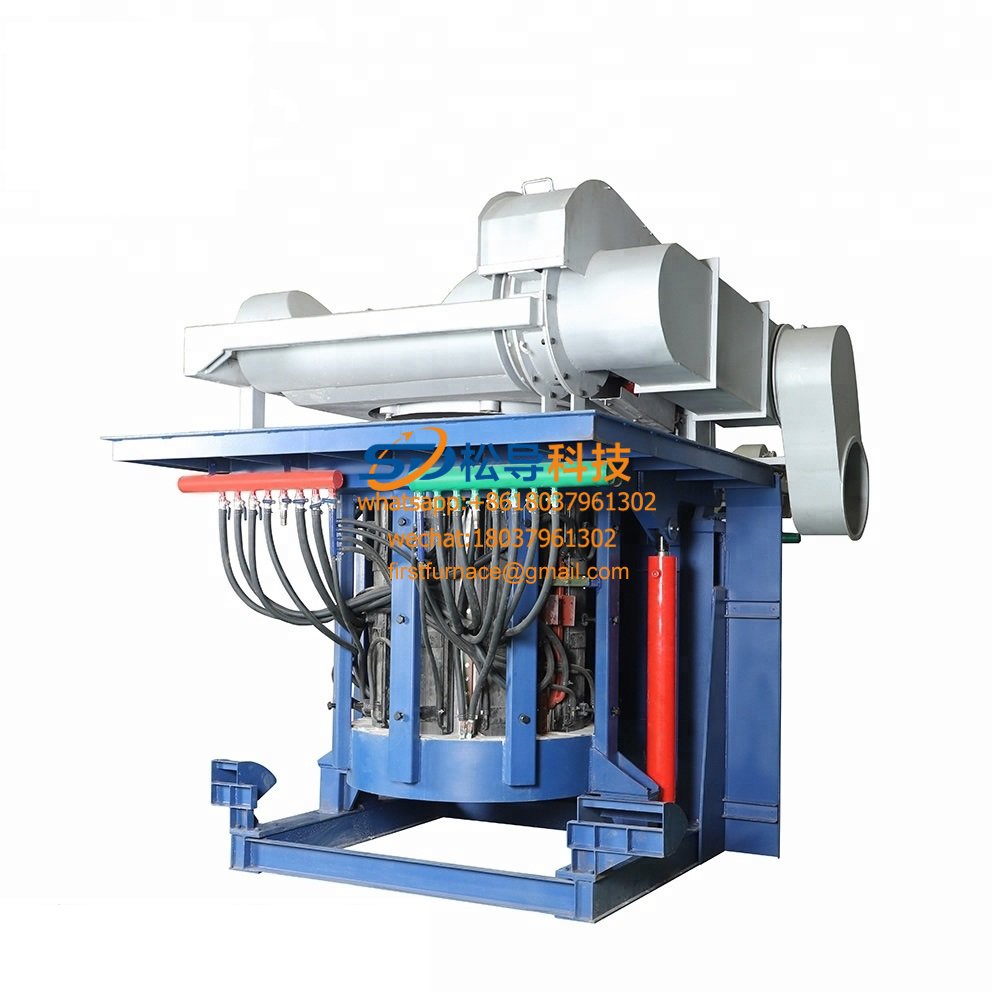
3 T Induction Melting Furnace
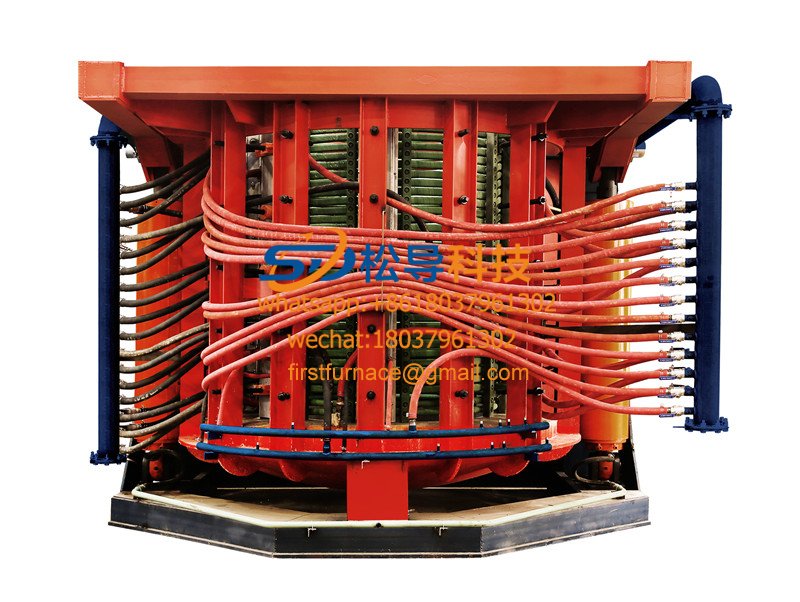
5T Induction Melting Furnace
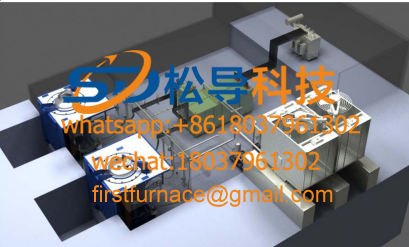
1T One Belt Two Intermediate Frequency F

5T One Belt Two Intermediate Frequency F
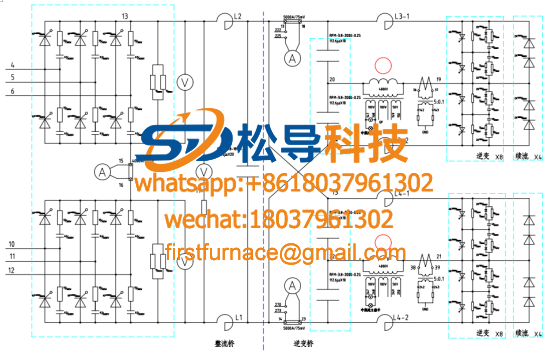
3T One Belt Two Intermediate Frequency F
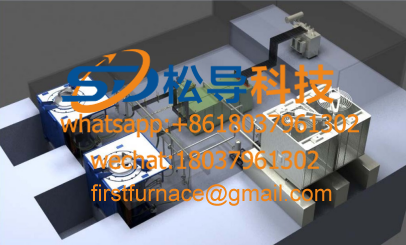
2T One Belt Two Intermediate Frequency F
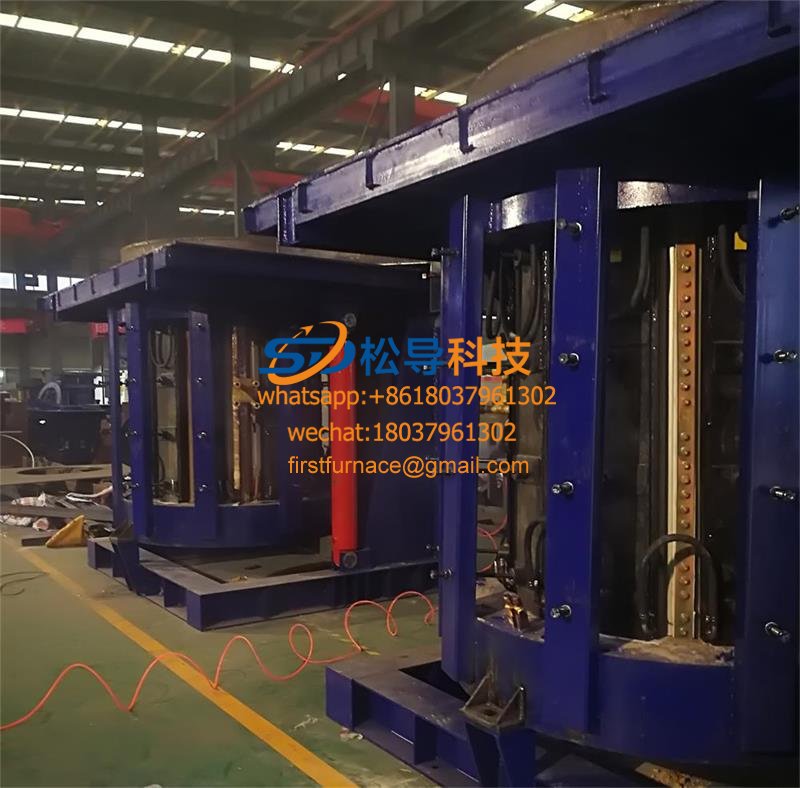
5T Parallel Intermediate Frequency Furna
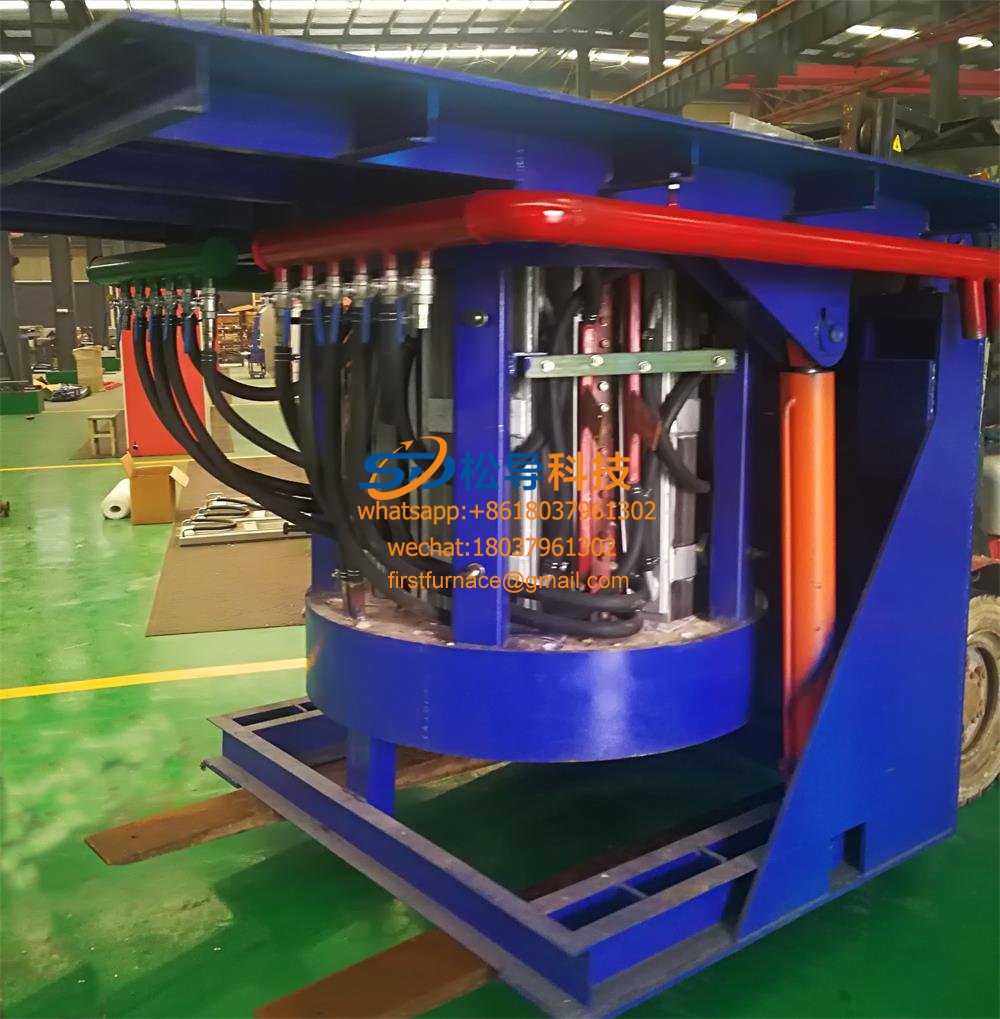
5T Intermediate Frequency Furnace

5T Series Intermediate Frequency Furnace
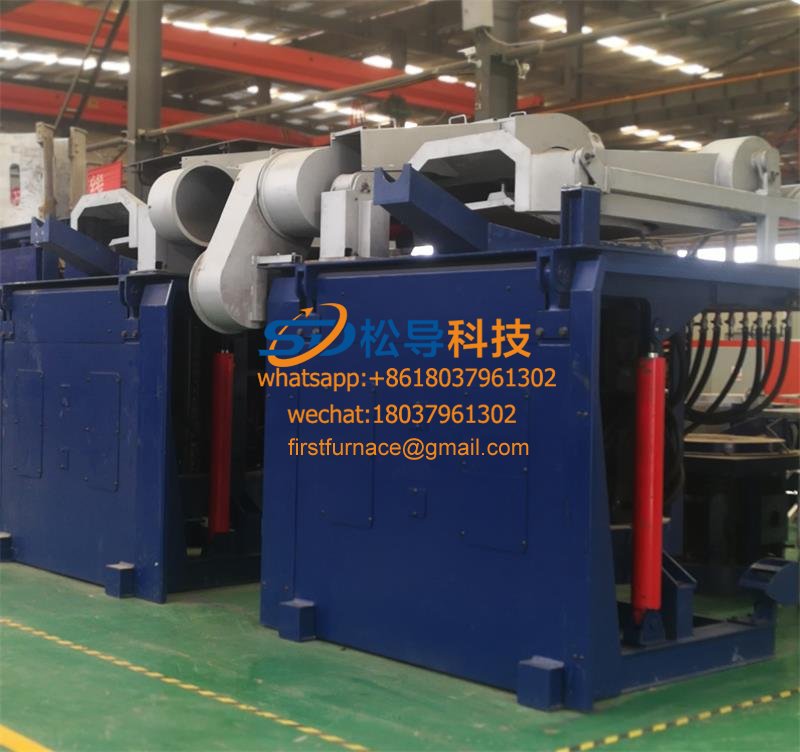
3T Series Intermediate Frequency Furnace
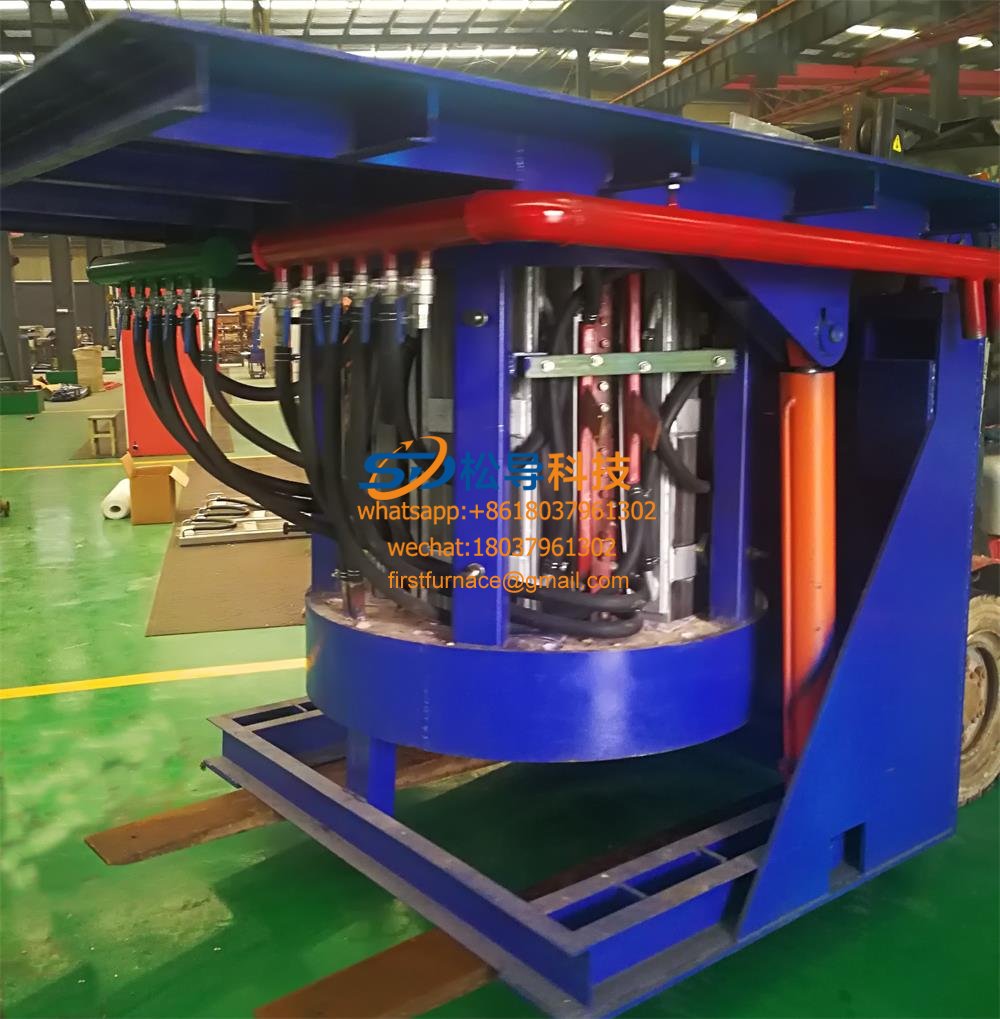
2T Series Intermediate Frequency Furnace
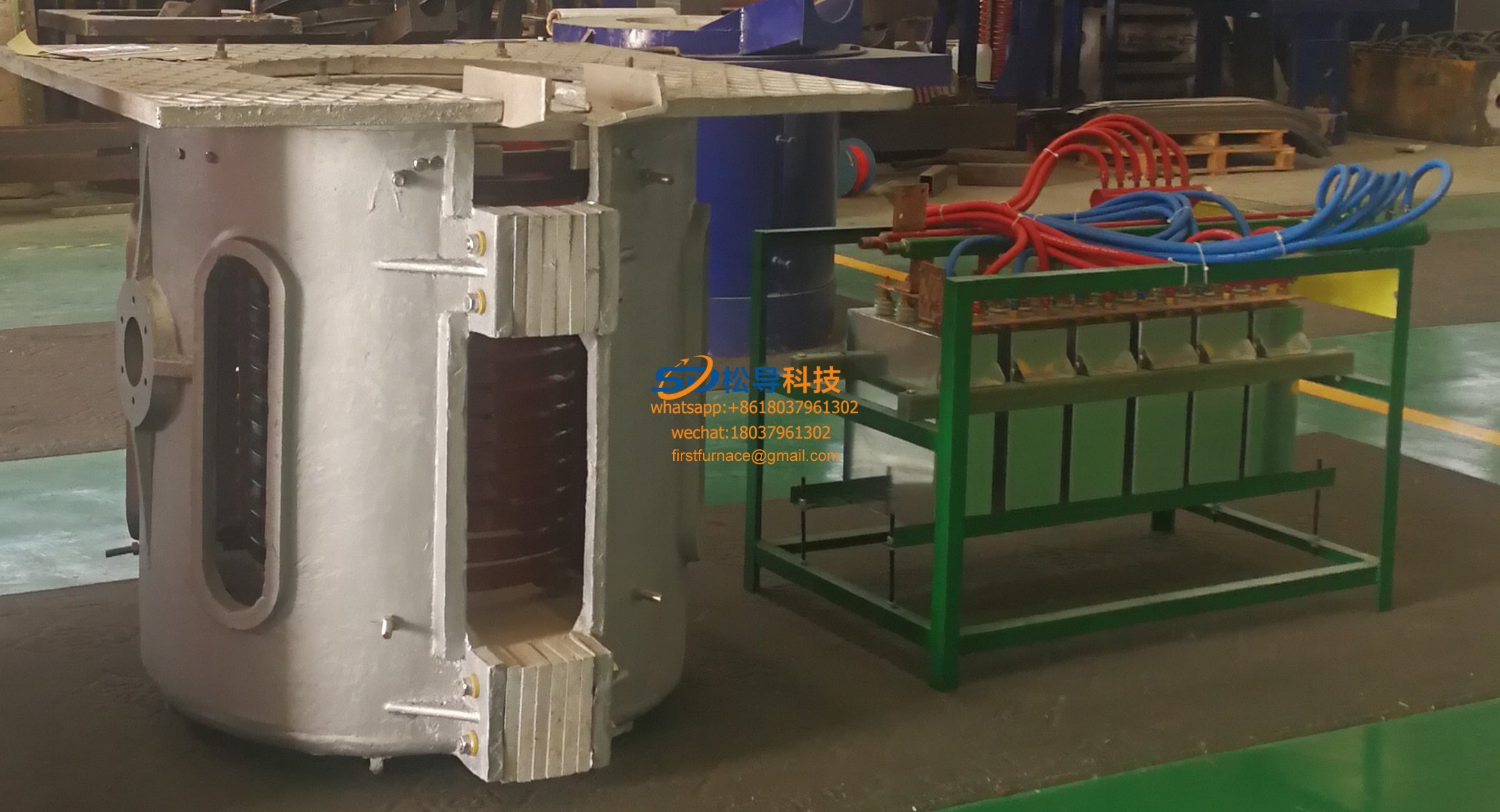
1T Series Intermediate Frequency Furnace
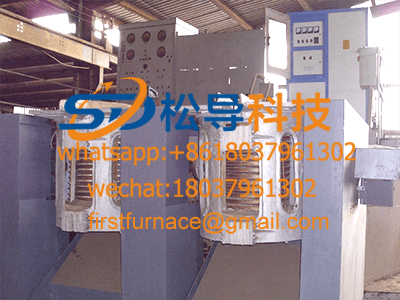
0.5T Series Intermediate Frequency Furna

0.25T Series Intermediate Frequency Furn

1T Parallel Intermediate Frequency Furna
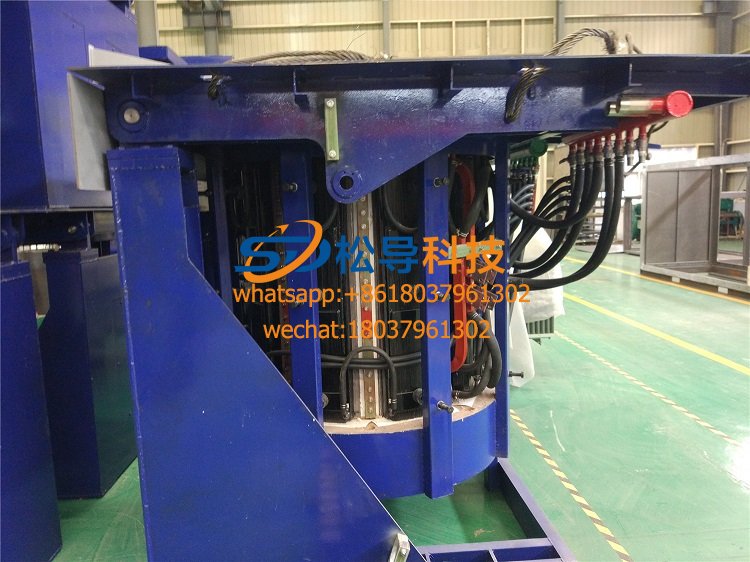
2T Parallel Intermediate Frequency Furna
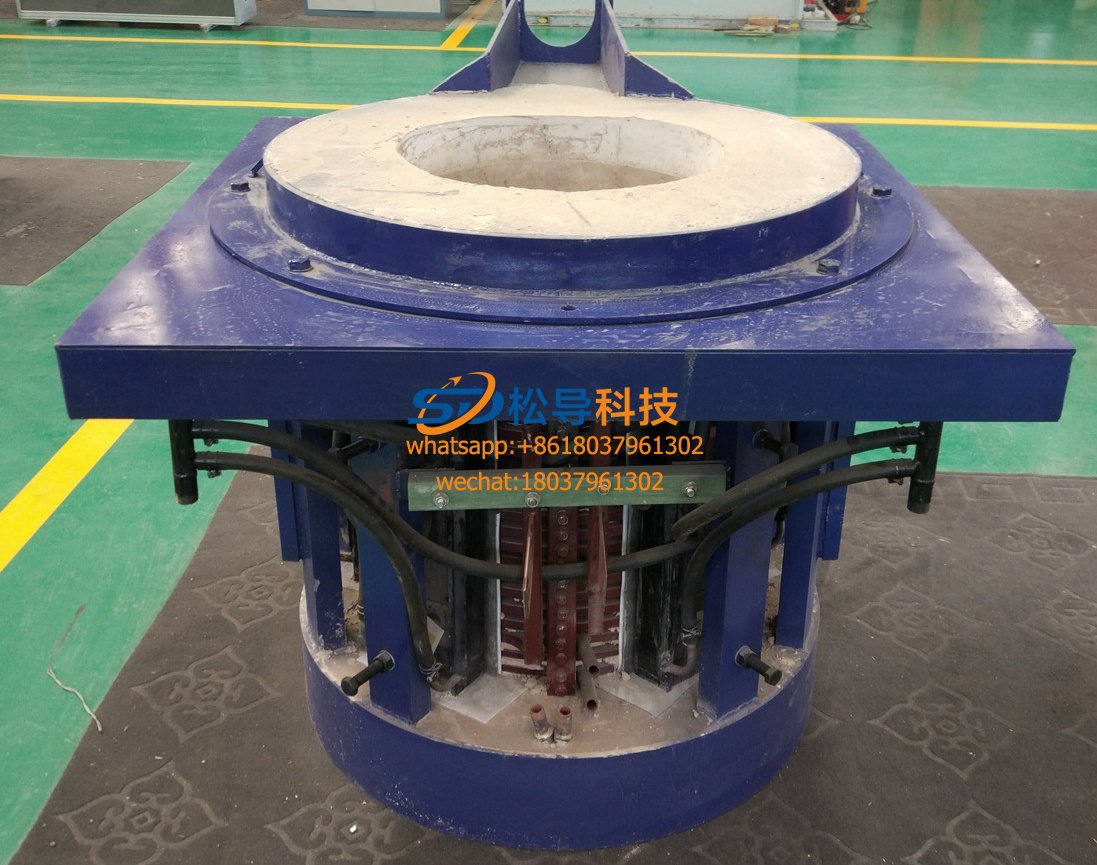
0.5T Parallel Intermediate Frequency Fur






